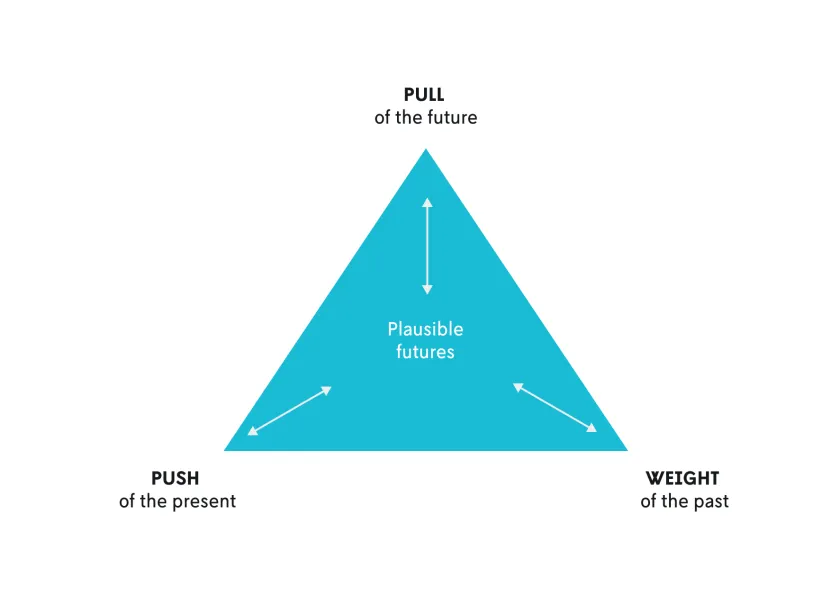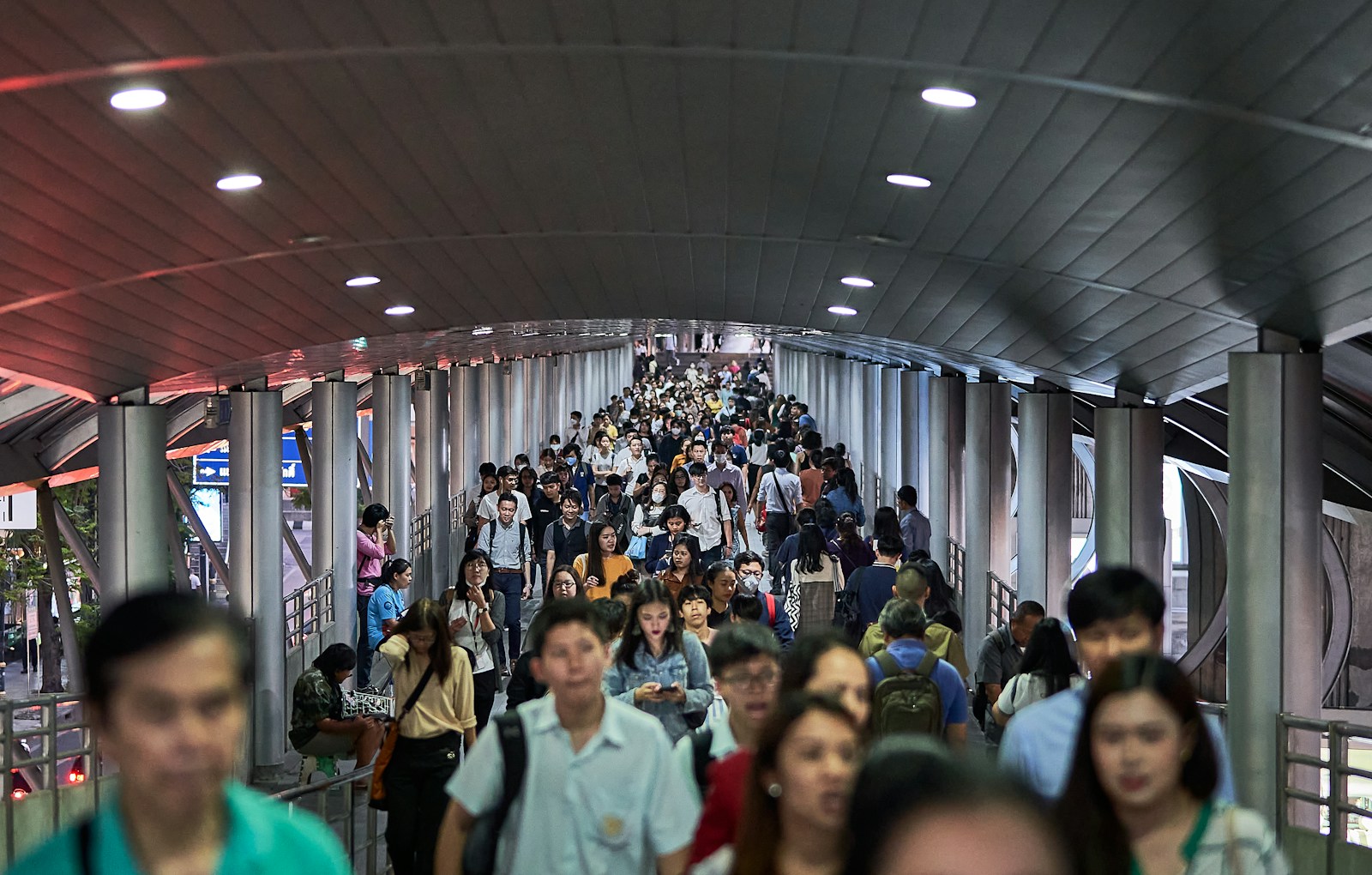Glossary of Futures Thinking
The Futures Glossary is a practical resource designed to deepen your understanding of key terms, tools, and methods in futures thinking. Each entry offers concise, practical definitions to help you navigate the language of foresight, from analyzing drivers of change to exploring scenario planning.
Action prioritization matrix
Action prioritization matrix: a strategic tool to prioritize tasks and initiatives based on their potential impact on future outcomes and the effort required to implement them.
Delphi method
Delphi method: a structured data-gathering technique used to gather insights among a panel of experts on a specific topic.
Drivers of change
Drivers of change: broad, long-term forces and trends that shape future possibilities and outcomes, influencing the direction of societal, technological, economic, ecological, regulatory, and ethical shifts.
Forces of change
Forces of change: the underlying values, mindsets, and norms that drive and shape observable trends, reflecting deeper societal currents.
Forecast
Forecast: a futures tool that describes what is likely to happen based on certain assumptions, based on data and the interpretation of trends.
Future Client
Future client: a conceptual individual representing a potential client in a future scenario, used to explore how coaching needs may evolve.
Future Coach
Future coach: an archetype representing the evolution of the coaching profession in future scenarios, highlighting new roles, skills, and approaches.
Future ICF
Future ICF: A fictional representation of ICF in a future scenario, used to explore how the organization might evolve in response to emerging trends and challenges.
Future Persona
Future persona: a research-based, fictional character designed to represent someone who could exist in a future scenario. of someone who might exist in a future scenario. Typically combined with scenarios to explore diverse responses to emerging trends, technologies, and societal changes.
Futures Triangle

Futures triangle: a futures tool that frames thinking around three key forces shaping future possibilities:
- Pull of the Future, representing aspirational visions and desired outcomes that attract change;
- Push of the Present, encompassing current trends and disruptions driving transformation; and
- Weight of the Past, which includes barriers, inertia, and outdated paradigms resisting change.
By examining these forces, coaches can identify opportunities, anticipate challenges, and align actions with emerging possibilities while addressing structural limitations.
Horizon scanning
Horizon scanning: The systematic examination of potential threats, opportunities, and future developments that may affect an organization or field. It involves monitoring and analyzing emerging trends and signals.
Hunch
Hunch: a brief yet significant observation in the present that offers insights into potential future developments. Often described as a weak signal by futurists, a hunch may, or may not, evolve into future trends or signals.
Layered timeline
Layered timeline: a foresight tool used for historical analysis, divided into three levels that experience change at different rates: 1) daily practices, 2) systems, and 3) values.
Scenario
Scenario: narrative-based explorations of various possible futures, incorporating the impact of multiple trends and uncertainties to envision different outcomes.
Scenario planning
Scenario planning: a strategic method used to develop and analyze multiple, plausible future scenarios. It helps organizations prepare for uncertainties by considering a range of possible outcomes and their implications.
Signals of change
Signals of change: early indicators of specific, often unexpected, and observable events, developments, or phenomena that suggest or demonstrate an emerging driving force of change.
STEERE framework
STEERE Framework: a futures-thinking tool adapted for coaches from the STEEPLE or PESTLE framework, used to identify and analyze multi-dimensional drivers, trends, and signals across social, technological, economic, ecological, regulatory, and ethical domains.
Trend
Trend: global shifts across various social, political, and economic indicators. Trends often reflect the influence of underlying forces of change.
Trend analysis
Trend analysis: a futures thinking method that examines macro-level data across multiple disciplines to describe plausible futures. Trend analyses are often combined with signal identification for deeper insights into potential futures.
Learn more
- How foresight helps us create the future we want
- The Story of Futures Studies
- Dive deeper into futures theories and methods




